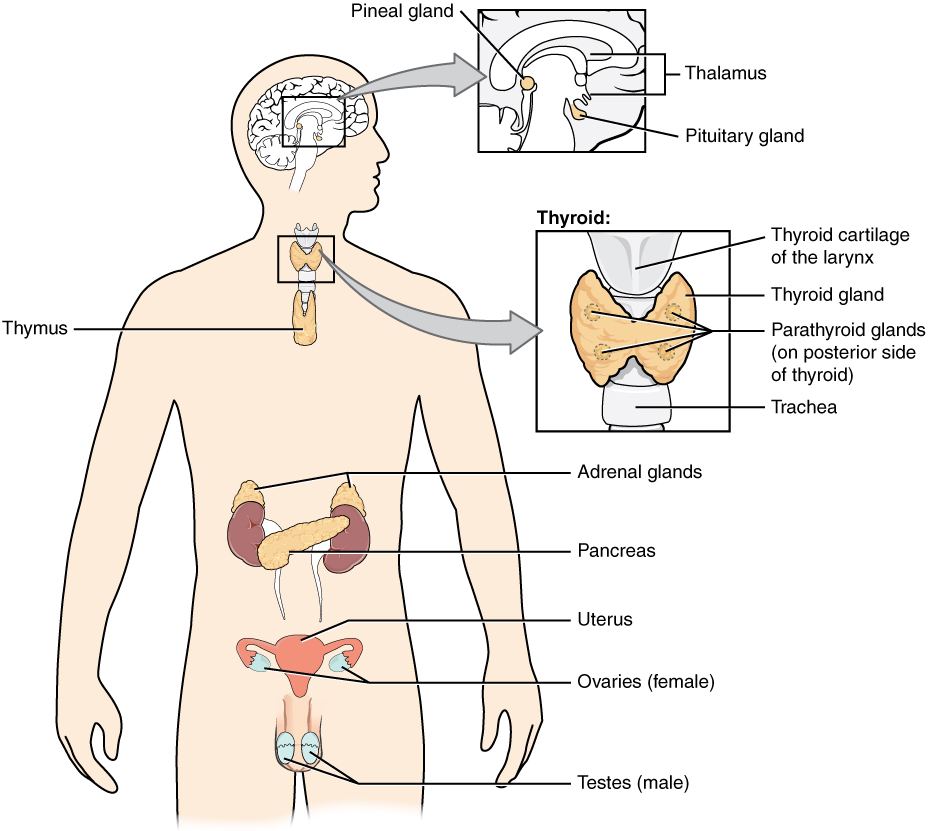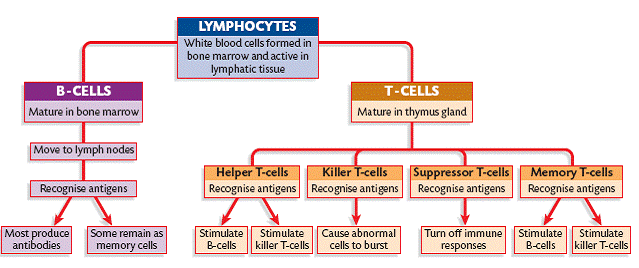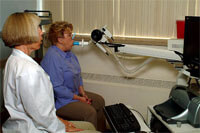

Introductory Anatomy Database



What is your heartbeat?
What is the flow of the electrical current of your heart?
What is blood pressure?
How is your blood pressure measured?
What is your diastolic and systolic rate?
Dysfunctions and Treatments
Do you love someone?
Do you want them to be around a long time to fully flourish with a beating heart?
Get off the coach and exercise, your heart is the organ controlling every other function of the body. Without it working properly…. You are a goner…
<3 <3 <3 <3 <3 <3 <3
610,000 people die of heart disease in the United States every year. That’s 1 in every 4 deaths!!!
To produce hormones to communicate with cells, and maintain homeostasis of body. Without the endocrine system, cellular function and chemical levels throughout the body would be highly irregular and abnormal, making life impossible.

To assess a patient's endocrine system, each endocrine organ should be assessed for any anatomical and structural defects, and examine the levels of hormone being secreted by each organ as higher or lower production than average can lead to a disorder.








 Pulse Oximeter
Pulse Oximeter Lung-Diffusion Capacity Machine
Lung-Diffusion Capacity Machine
 COPD
COPD